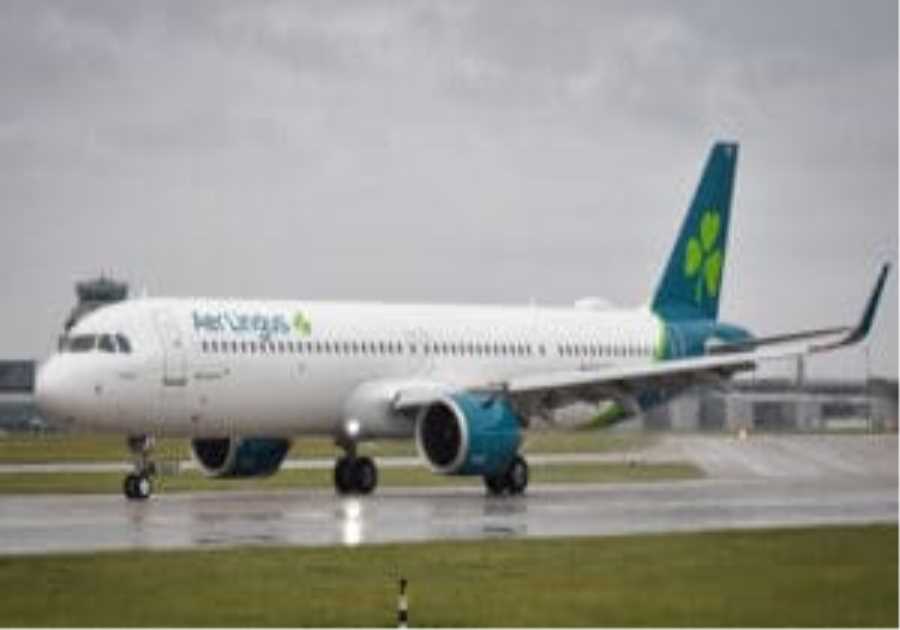
Many of the places NASA wants to send future crewed and uncrewed missions have an atmosphere, which is problematic if you want your payload to reach the surface in one piece. Entering an atmosphere from space, even a thin one like you’d find on Mars, requires a heat shield. NASA is investigating a more dynamic and scalable version of this essential component by making it inflatable. The agency’s Low-Earth Orbit Flight Test of an Inflatable Decelerator (LOFTID) could be the first step toward that, and it’s being launched this month.
As scientists have moved toward sending larger payloads to distant locales, the limitations of heat shields have become more challenging. If you want to land a mission on celestial bodies like Mars, Venus, and Titan, you have to be able to protect it during atmospheric entry when kinetic energy is converted to heat. The same goes for bringing a spacecraft back to Earth. Current rigid aeroshells are limited by the shroud size of the rocket, but an inflatable shield could be much larger, and thus offer better protection.
LOFTID will demonstrate a much wider aeroshell that you could fit in most current rockets — a full 6 meters in diameter (about 20 feet). NASA believes this design could scale to support both crewed and uncrewed missions, and the value for Mars exploration is particularly pragmatic. The red planet has an atmosphere that is thick enough to produce intense heat during landing, but it’s too thin to substantially slow a craft. That’s why Perseverance and Curiosity, which were bulkier than past Mars missions, needed the rocket sled to gently land on the surface. The larger surface area allowed by LOFTID could produce more drag to slow a spacecraft down.
NASA believes future versions of LOFTID technology could also help lower the cost of space operations around Earth. For example, an inflatable heat shield would not add as much to the initial launch mass, and they could be used to safely land components like ULA’s Vulcan rocket engines for reuse.
The LOFTID prototype vehicle is currently set to ride into space aboard a United Launch Alliance Atlas V (which is only 3.8 meters across) on Nov. 9. It’s not the primary payload of that mission, which is also deploying a weather satellite called the Joint Polar Surveyor System-2 (JPSS-2). However, LOFTID will deploy in orbit and be put on a reentry trajectory. NASA will monitor the conditions on the reentry vehicle every 20 seconds during its descent. The inflatable heat shield will have a parachute for a safe landing in the ocean, but it will also eject a data recorder to ensure engineers get everything they need from the test.
Now read:
- Perseverance Rover Prepares to Drop Off Mars Samples for Return Mission
- NASA Opens Investigation Into Recent UFO Sightings, Hopes They’re ‘Not an Adversary’
- IMPACT! NASA Successfully Smashes DART Spacecraft Into Asteroid
Read More
By: Ryan Whitwam
Title: NASA to Test a New Inflatable Heat Shield in November
Sourced From: www.extremetech.com/extreme/340642-nasa-to-test-a-new-inflatable-heat-shield-in-november
Published Date: Thu, 03 Nov 2022 11:52:52 +0000
Did you miss our previous article...
https://trendinginbusiness.business/technology/analyst-most-metaverse-projects-will-go-out-of-business-by-2025
.png)





